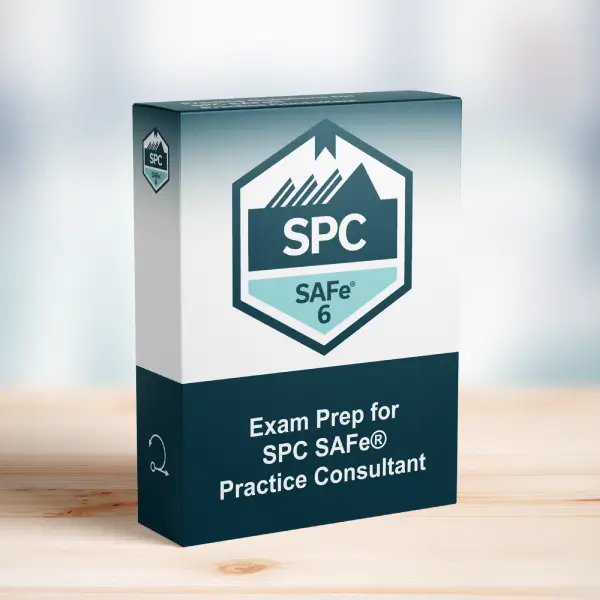Applying SPC Principles in Practice
This article analyzes a core SPC competency area and how it impacts enterprise-scale Agile transformations.
Exam Question
How does SAFe provide a second operating system that enables Business Agility?
(choose the best answer)
A. By creating stability and hierarchy
B. By optimizing operational value streams
C. By focusing on customers, products, innovation, and growth
D. By replacing the hierarchy with a network
Correct Answer
C. By focusing on customers, products, innovation, and growth
Explanation
Correct Answer
C. By focusing on customers, products, innovation, and growth:
Incorrect Answers
A. By creating stability and hierarchy:
This option does not directly relate to the concept emphasized in this SAFe principle.
B. By optimizing operational value streams:
This option does not directly relate to the concept emphasized in this SAFe principle.
D. By replacing the hierarchy with a network:
This option does not directly relate to the concept emphasized in this SAFe principle.
Contextual SPC Practices
- SPCs adapt coaching strategies based on the enterprise’s maturity level.
- They align SAFe principles to business outcomes, not process checklists.
- Contextual awareness is key to applying Lean-Agile practices effectively.
Relevance to the SPC Exam
This question format mirrors the actual SPC exam. Understanding the SPC’s role and decision-making logic is essential for passing and for leading transformations.
Key Takeaways
- SPCs guide enterprise-wide Lean-Agile adoption.
- SAFe encourages systemic thinking and long-term enablement.
- Traditional, rigid planning approaches are not effective in SAFe.
Conclusion
Understanding this concept is critical for mastering SAFe roles and passing the SPC exam. For structured practice, visit our SPC Exam Prep.
Read more:



